You might not realize that the 2021 adaptation of "West Side Story" features costume design that not only pays homage to the original but also incorporates contemporary elements. As you consider how Paul Tazewell's outfits visually narrate the characters' struggles and identities, think about the significance of color choices and fabric textures. The way these costumes serve as a bridge between the past and present raises intriguing questions about cultural representation and emotional depth. What do these choices reveal about the characters' journeys and the themes of the story?
Historical Context and Adaptations
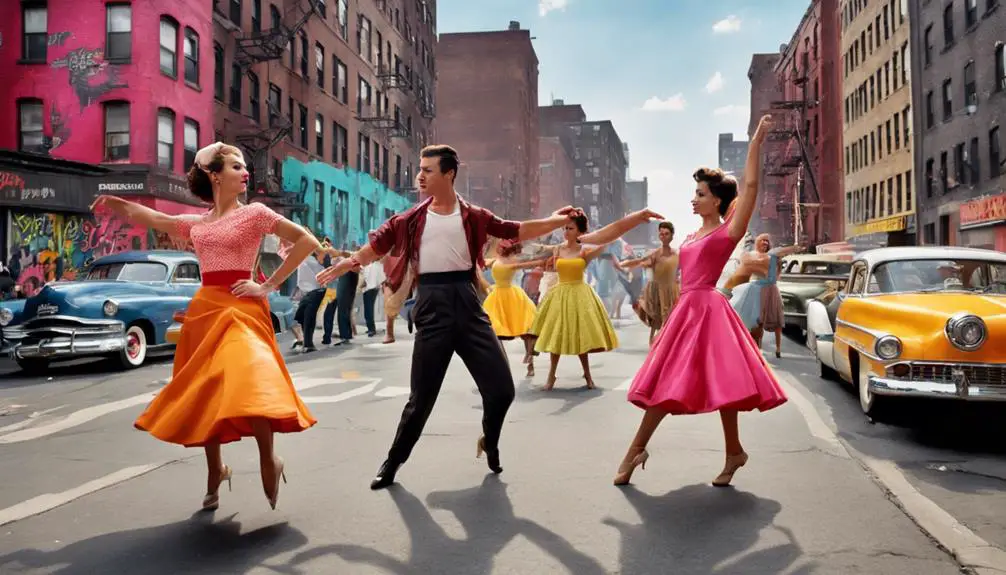
Setting the stage for a deeper understanding, the 2021 adaptation of "West Side Story" immerses you in the socio-economic realities of 1957 New York City. This fresh take, directed by Steven Spielberg and featuring a screenplay by Tony Kushner, highlights the racial tensions and cultural conflicts between European immigrants and Puerto Rican communities. The film captures the immigrant experience with historical accuracy, showcasing the struggles faced during an era marked by urban renewal, gentrification, and xenophobia.
One remarkable addition is the character of Valentina, played by the iconic Rita Moreno. Valentina serves as a bridge between the past and present, offering depth to the portrayal of immigrant experiences while honoring Moreno's legacy. This character reflects the complexities of maneuvering through a society grappling with cultural differences and societal shifts.
The narrative emphasizes not just love but also the violence that often accompanies such cultural conflicts. By delving into these themes, the 2021 adaptation critiques contemporary issues that resonate today, inviting you to reflect on the societal challenges that persist. The film's commitment to authenticity shines through in its detailed character backgrounds and nuanced storytelling, making it a compelling watch. As you engage with this adaptation, you'll find yourself immersed in a tale that is both a celebration of love and a sobering reflection on the immigrant experience, reminding you of the ongoing struggles faced by communities in the context of historical and modern-day challenges.
Costume Design and Visual Authenticity
The visual storytelling in the 2021 adaptation of "West Side Story" is powerfully enhanced by its costume design, which plays an essential role in conveying character identities and cultural backgrounds. Costume designer Paul Tazewell aimed for historical authenticity by diving deep into 1950s fashion, ensuring that each piece not only looked stunning but also resonated with the era's social dynamics. The Jets sport cool color palettes of blues, greens, and grays, while the Sharks embrace warm tones of reds, maroons, and browns, allowing their rival identities to shine through visually.
Key costume highlights, like Maria's innocent white dress and Bernardo's bold red shirt, reflect their character identities effectively. One standout moment is when Anita dazzles in a vibrant yellow dress during the "America" number, symbolizing joy and the hopeful aspirations of immigrants. Tazewell's thoughtful choices avoid traditional stereotypes, instead showcasing the unique social statuses and backgrounds of the characters with great finesse.
The costume design process was marked by a meaningful collaboration with cast members, ensuring each outfit not only fit perfectly but also allowed for fluid movement, contributing considerably to the film's visual storytelling. By blending authenticity with creativity, Tazewell's designs breathe life into the characters, making their struggles and triumphs resonate with the audience. This commitment to detail and character representation elevates the film, showcasing how costume design is essential in creating an immersive and engaging cinematic experience.
Color Palettes and Symbolism
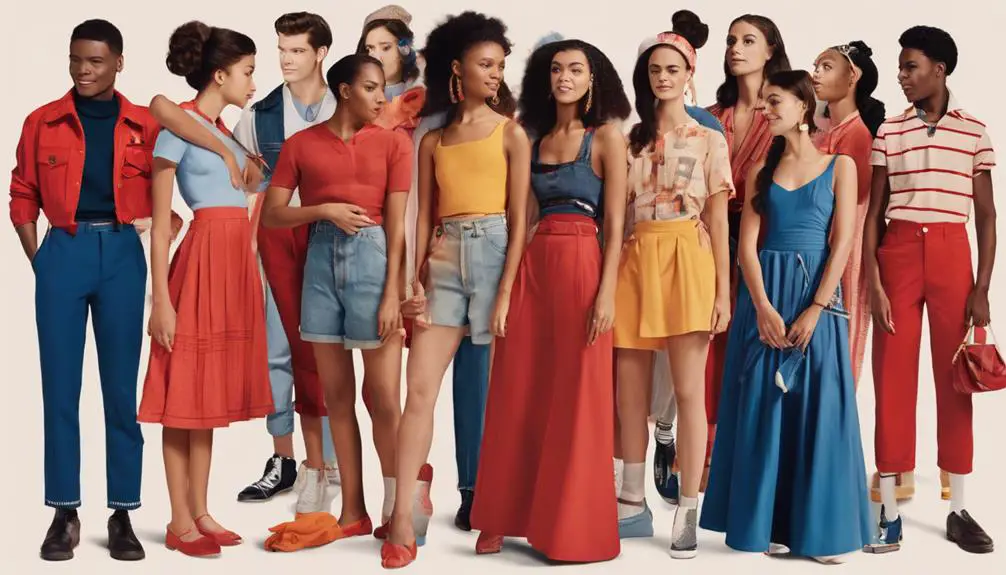
Utilizing distinct color palettes, the costume design in the 2021 adaptation of *West Side Story* vividly differentiates between the rival gangs, enhancing both character identities and narrative depth. The Jets are dressed in cool colors like blue, green, and gray, which reflect their American identity, while the Sharks embrace warm tones such as red, maroon, and brown, showcasing their Puerto Rican heritage. This thoughtful use of color palettes serves as a visual marker of each gang's identity, emphasizing their socio-economic backgrounds and the underlying themes of rivalry.
Maria's dress is particularly symbolic; her initial white dress, accented with a red waist belt, represents her innocence and shift into womanhood. As her character evolves, the maroon attire she later dons signifies her growing independence. In contrast, Anita's vibrant yellow dress during the "America" number embodies joy and the aspirations of immigrants, standing out against the more muted colors of other characters.
The color choices in these costumes not only enhance emotional arcs but also contribute to the overall storytelling. They visually communicate themes of cultural identity and rivalry, allowing the audience to grasp the complexities of each character's journey. By intertwining color palettes with costume design, the film effectively deepens our understanding of the characters, their backgrounds, and the struggles they face. This artistic approach makes *West Side Story* a enthralling visual experience that resonates with viewers on multiple levels.
Character Development Through Costumes
Through the lens of costume design, character development in the 2021 adaptation of *West Side Story* comes to life, revealing the inner struggles and growth of key figures. Maria's transformation from a delicate white lace dress, symbolizing her innocence, to a bold maroon ensemble showcases her journey toward independence and the emotional conflict between family loyalty and love. Her evolving costumes reflect significant personal growth, illustrating how she navigates the complexities of her identity.
Anita's vibrant yellow halter dress during the iconic "America" number not only highlights her joy and aspirations as an immigrant but also challenges traditional aesthetics, embodying her fierce spirit and cultural heritage. This joyful garment encapsulates her dreams for a better life while also emphasizing her role as a bridge between two worlds.
Valentina, a new character in this adaptation, wears pants that symbolize strength and grounding, offering a modern take on female empowerment. Her attire represents a shift toward more progressive ideals, enhancing the narrative of personal growth.
The contrasting costumes of the Jets and the Sharks further enrich the storytelling; the Jets' casual denim outfits reflect their broken homes and American identity, while the Sharks' warm-toned garments highlight their rich cultural heritage and social struggles. Each character's costumes are thoughtfully designed to enhance emotional arcs, making their journeys relatable and visually compelling. Through these costumes, you not only witness their struggles but also celebrate their resilience and evolution throughout this timeless tale.
Thematic Elements in Dance
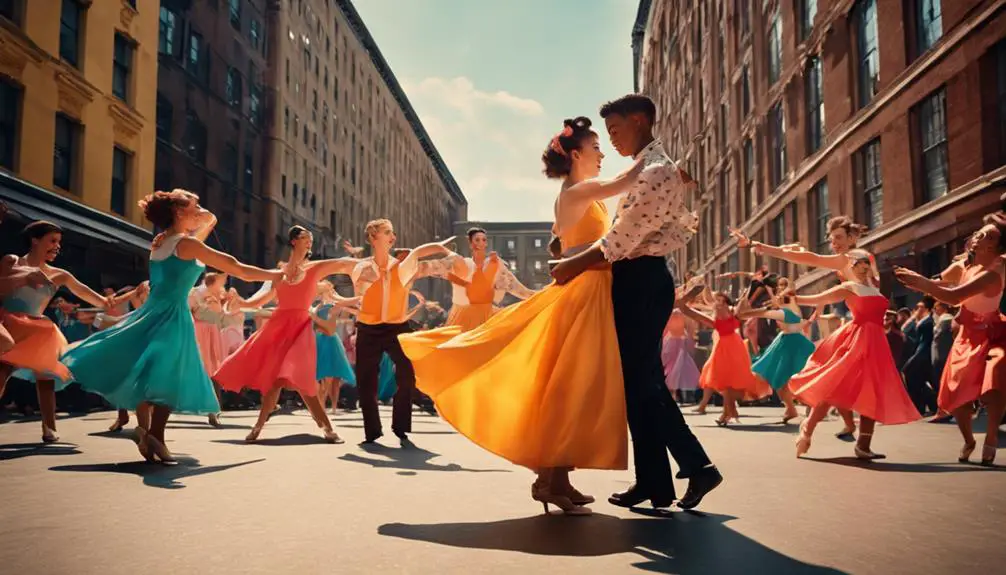
Choreography bursts with energy in the "America" number, where a vibrant blend of traditional Latin dance and contemporary movements captures the characters' cultural pride and aspirations. The dance sequences not only entertain but also serve as an essential storytelling device, highlighting the emotional tones embedded in the narrative. Costumes play an important role in this artistic expression; for instance, Anita's bold yellow dress radiates confidence, while Maria's white dress symbolizes innocence and hope.
Throughout the performance, colorful costumes enhance the visual storytelling, with the Sharks donning warm hues that reflect their fiery spirit, contrasting sharply with the cooler tones of the Jets, which symbolize their more reserved and somber nature. This intentional use of color reinforces the character dynamics, making the rivalry between the two groups palpable. The choreography is masterfully crafted to emphasize these dynamics, allowing movements to reflect the characters' internal conflicts and collective identities.
Moreover, the dance sequences balance spectacle with subtlety, ensuring that costumes act as extensions of the characters' movements rather than mere adornments. This approach deepens the storytelling, allowing audiences to connect with the characters on a more profound level. As you watch, you'll find yourself swept away by the rhythm and passion, all while appreciating how each element—dance, costume choices, and character dynamics—intertwines to create a vibrant tapestry of cultural pride and shared dreams.
Modernization of Classic Looks
The vibrant costumes in "West Side Story" not only enhance the storytelling but also reflect a thoughtful modernization of classic looks, bringing a fresh perspective to the beloved characters. Costume designer Paul Tazewell brilliantly modernized classic styles from the original production by seamlessly integrating contemporary fashion elements while respecting the 1950s aesthetic.
Take Anita's updated costume, for instance. She dons a stunning yellow halter dress embellished with bow details, which not only symbolizes her vibrant personality but also her immigrant aspirations. This modern take keeps her character relatable while highlighting her strength and ambition. Similarly, Valentina, a new character introduced in the 2021 adaptation, showcases a wardrobe that embraces contemporary gender dynamics. Her choice of pants signifies strength and grounding, capturing the essence of today's empowered women.
Tazewell's design philosophy masterfully blends traditional and modern styles, ensuring that each character's costume resonates with both historical authenticity and current societal themes. For example, Anita's look draws inspiration from iconic figures like Elizabeth Taylor, while Graziella's character echoes the glamorous style of Marilyn Monroe. This unique fusion not only pays homage to the past but also allows the audience to connect with the characters on a deeper level.
In this way, the costumes in "West Side Story" serve as a visual narrative, bridging the gap between eras and inviting viewers to appreciate both the timeless themes and the modern interpretations of these classic characters.
Overall Impact and Reception
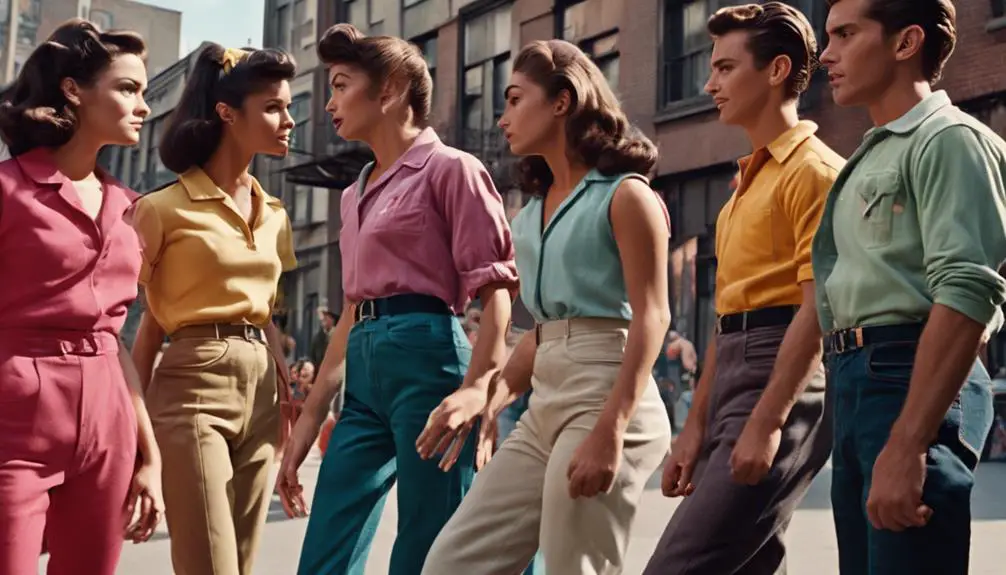
While opinions on the 2021 adaptation of "West Side Story" may vary, it's clear that the film left a significant mark on audiences and critics alike. With mixed reviews highlighting both its strengths and weaknesses, many viewers found the movie entertaining, yet not necessarily a groundbreaking improvement over the original 1961 classic. One standout element was the costume design by Paul Tazewell, whose distinct color palettes beautifully enhanced the narrative and emotional depth of the story, creating a visual feast that effectively represented the rival Jets and Sharks.
The film's cultural authenticity also sparked discussion, especially in its portrayal of Puerto Rican characters. While many applauded the effort to reflect the community accurately, some critiques emerged regarding the absence of subtitles for Spanish dialogue, which left some viewers feeling disconnected. Choreography, an essential aspect of any musical, received divided opinions as well. The "Cool" number, while visually stunning, was viewed by some as lacking the original's impact crafted by Jerome Robbins, which led to further debate about the evolution of musical storytelling.
Ultimately, the 2021 adaptation succeeded in reigniting conversations about representation and the legacy of "West Side Story." It showcased how costume design and character portrayal can breathe new life into a timeless narrative, ensuring that both the old and new elements resonate with today's audiences. The film certainly contributes to the ongoing dialogue surrounding the significance of cultural authenticity in modern musical storytelling.
Frequently Asked Questions
What Dresses Do They Wear in West Side Story?
What do dresses reveal about identity? You'll find iconic dancewear, vintage styles, and vibrant colors symbolizing cultural influences. Each character's fashion showcases their evolution, with modern adaptations inspiring fresh interpretations of dress inspirations and color symbolism.
Who Was the Costume Designer for West Side Story 2021?
The costume designer for the 2021 adaptation is Paul Tazewell. His design process involved costume inspiration from historical context, character influence, and fashion evolution, utilizing fabric choices and color symbolism for cultural representation and authenticity.
What Are the Colors for West Side Story 2021?
In fashion, colors speak louder than words. You'll find character palettes rich with color symbolism; vibrant hues represent emotional tones, while cultural influences reflect era representation, creating powerful visual storytelling that captivates the audience.
Is There Anything Inappropriate in West Side Story 2021?
In "West Side Story," you'll encounter violence portrayal, romantic themes, and gang rivalry. The film addresses social issues with historical context, showcasing cultural sensitivity but also raising concerns about language use and character development for some viewers.
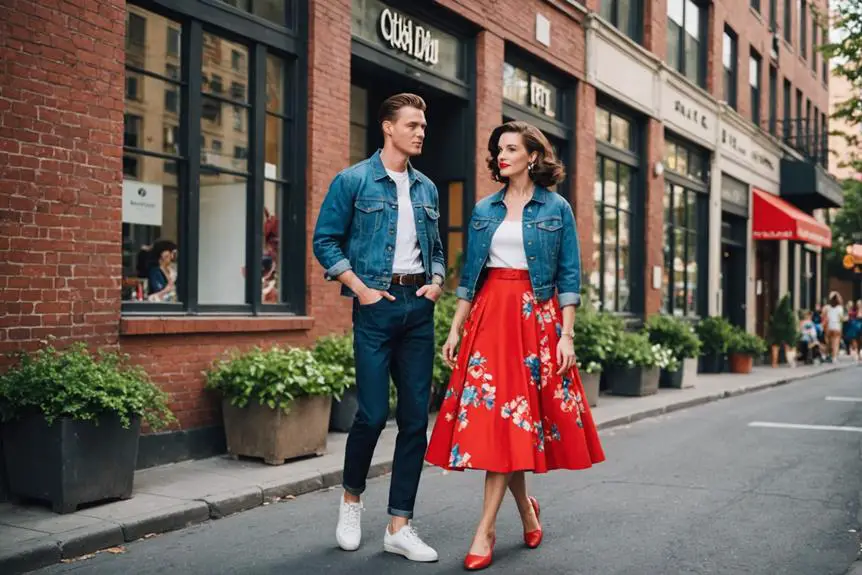

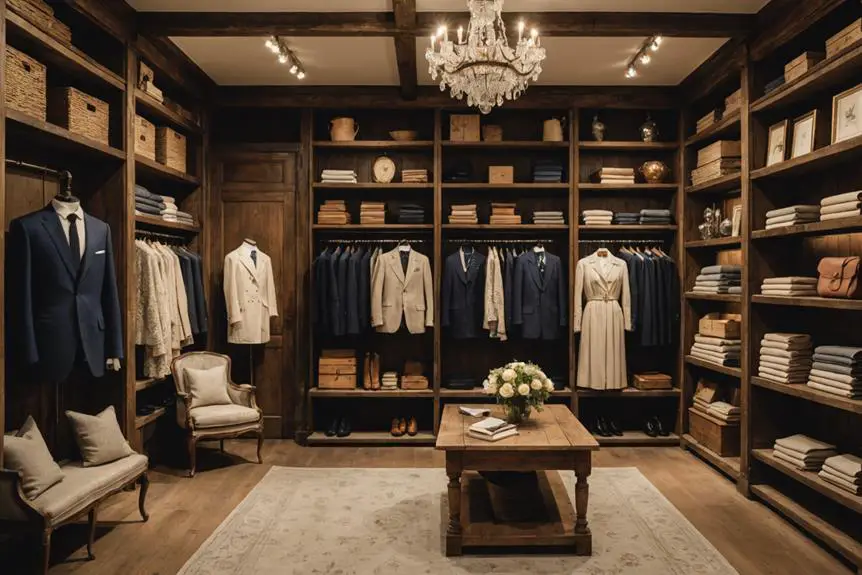
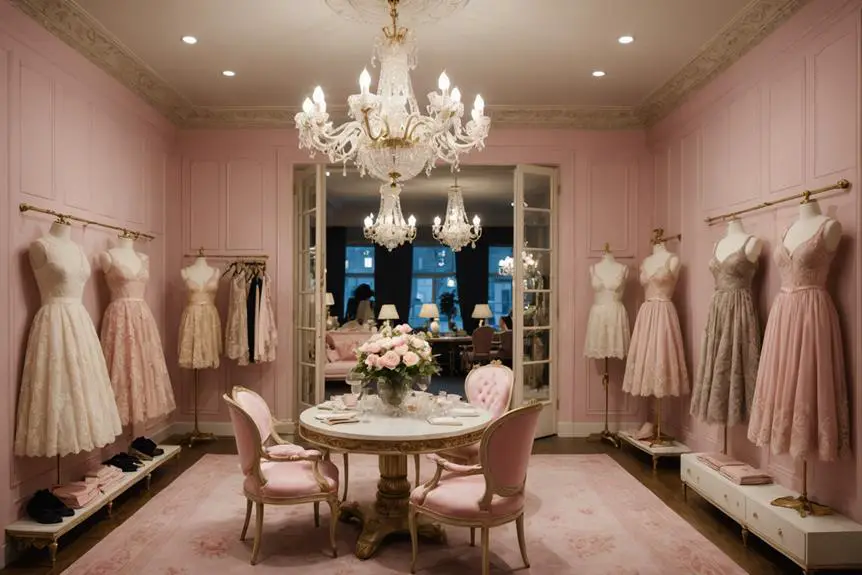
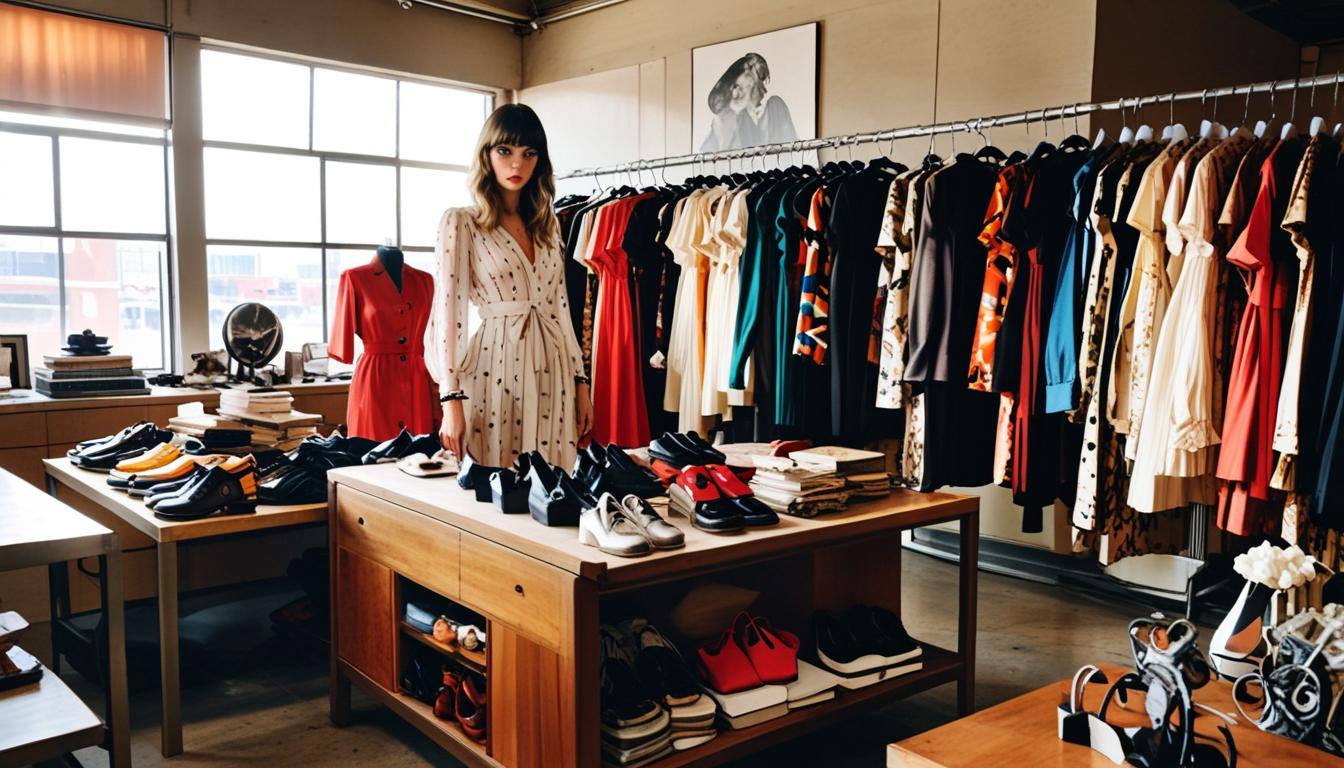
Fantastic material, Cheers.
casino en ligne
Very good material, Kudos.
casino en ligne francais
Amazing content. Many thanks!
meilleur casino en ligne
Thank you, A lot of write ups!
casino en ligne
Thanks a lot! I like it.
casino en ligne France
Amazing lots of wonderful knowledge.
casino en ligne
Wow plenty of beneficial tips.
casino en ligne
You have made your point.
casino en ligne
You’ve made your position extremely effectively.!
casino en ligne
Reliable information, Regards.
casino en ligne